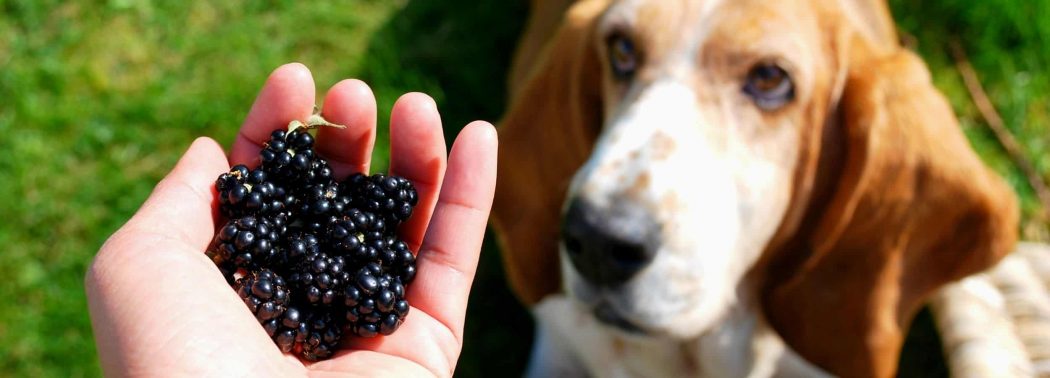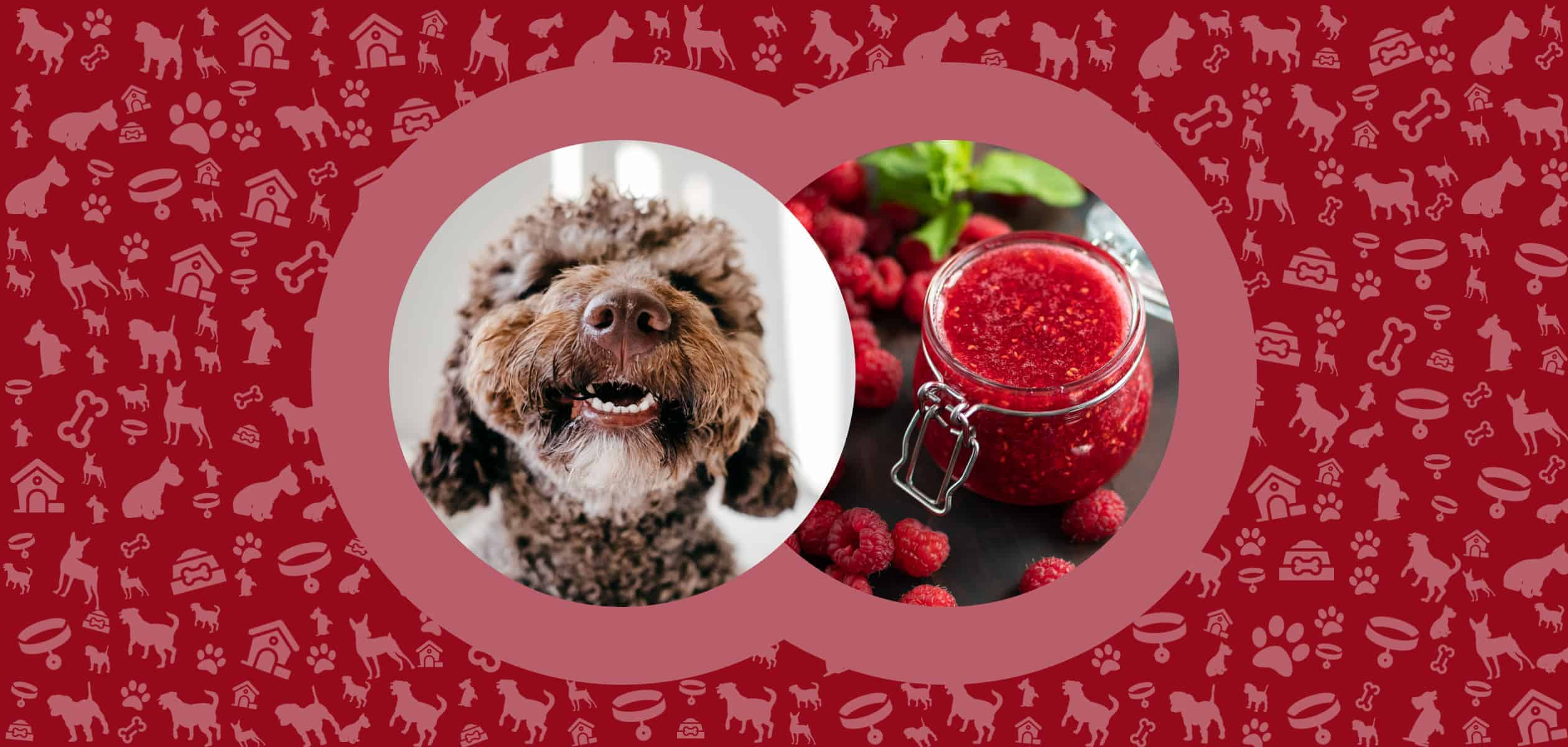Introduction
Yes, dogs can eat boysenberries. When used in moderation – in small amounts and on rare occasions, boysenberries are an excellent addition to an otherwise nutritionally rich and balanced canine diet.
The boysenberry is a large (8 gr) aggregate fruit. The exotic fruit is a cross between the American dewberry, loganberry, European raspberry, and European blackberry. It is packed with healthy nutrients but also with sugars. That is why the boysenberry can only be used as a treat.
Why is Boysenberry Good for Dogs?
The boysenberry is a healthy fruit loaded with many vitamins and minerals. Also, it is sweet, and most dogs love its taste. Here are some of the reasons boysenberries are good for dogs.

Vitamins and Minerals
Boysenberries are rich in various vitamins and minerals. Important vitamins include vitamin C, vitamin K, and vitamin B9 (folic acid). As for vitamins, this fruit contains iron, calcium, potassium, and manganese.
Rich in Anthocyanins
Boysenberries contain anthocyanins – a group of antioxidants that can help reduce inflammation, improve eyesight, decrease the risk of cardiovascular disease, and slow down certain aging processes.
High Ellagic Acid Content
Boysenberries are loaded with bioavailable ellagic acid. This nutrient is believed to have strong anti-carcinogenic features.
Dietary Fiber
Finally, boysenberries are full of dietary fiber. Fibers keep the intestines moving and support healthy digestion. They also help maintain normal blood sugar and blood cholesterol levels.
Can Boysenberry be Bad for Dogs?
Yes, boysenberries can be bad for dogs. If fed too often or given in large numbers, they can wreak havoc on the dog’s digestive system and cause diarrhea.
Plus, boysenberries are rich in sugars and can lead to an array of health problems in dogs. Let’s take a closer look at the reasons boysenberries can be bad for dogs.
Stomach Upset
Eating boysenberries can result in stomach upset in dogs. Basically, any fruit can cause vomiting and diarrhea in dogs if over-consumed. Usually, the stomach upset is transient but, sadly, uncomfortable.
Sugar Overload
Boysenberries are rich in sugars. In the short term, sugars cause hyperactivity spikes in dogs, while in the long run, they are linked with teeth issues, diabetes, and obesity.
Choking Hazard
Dogs gulp down their food. While eating voraciously, a boysenberry can easily enter the wrong pipe (the dog’s windpipe instead of the esophagus) and cause choking. As a pet owner, it is useful to be familiar with the Heimlich maneuver.
Pesticide Contamination
Same as all commercially available berries, boysenberries are frequently treated with pesticides. Pesticide contamination is a real threat and can trigger various health issues in dogs.
How Much Boysenberry Can my Dog Eat?
When it comes to the canine diet, boysenberries are only a treat. This means they should not comprise more than 10% of the dog’s daily food intake. With that being said, large dogs can eat 2-3 boysenberries while small dogs between ½ and one whole boysenberry.
In terms of feeding frequency, once per week or maybe even once every two weeks is enough. In theory, dogs can eat boysenberries more often, but there are other high-sugar fruits you may add to the menu for diversity.
These feeding guidelines refer to adult, healthy dogs used to eating berries or other sugary fruits. If your dog has never eaten boysenberries, start with a smaller amount. Also, do not give boysenberries to puppies as they have sensitive tummies.

How to Prepare and Serve Boysenberry for Your Dog?
Luckily, preparing and serving boysenberries to your dog is easy. First, you need to visit the local farmer’s market or grocery store. Whenever possible, buy organic. That way, you do not have to spend too much time washing the berries.
Once you have the boysenberries at home – wash them. If organic, just rinse them and if regular, give them a thorough wash. After that, either serve the berries or put them in the refrigerator in an air-tight container for storage.
There are different ways in which you can serve boysenberries to your dog. For example, you can give them as treats, mix them with low-fat yogurt into a smoothie, it with peanut butter and oats to bake dog-friendly cookies.
Summary
All in all, dogs can eat boysenberries. Boysenberries are an excellent addition to the dog’s menu – they indulge the dog’s sweet tooth and bring several health benefits.
However, to ensure safe feeding – the maximum nutritional value and minimum health risks, you need to respect the guidelines provided in this article.
If your dog does not like the taste of boysenberries, do not be worried – there are many other fruits your dog can safely enjoy.
Sources
- 10 Ways to Improve Your Dog’s Digestion & Gut Health, The Rogue Pet Science Team, 2020
- CPR and Heimlich Maneuver on Pets, CVMBS News, 2016
- Folic Acid, Rania Gollakner, BS, DVM, MPH, 2021
- Diabetes in Pets, AVMA, 2021





Leave a Comment